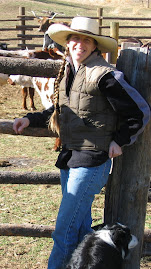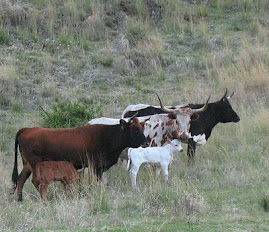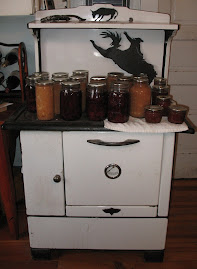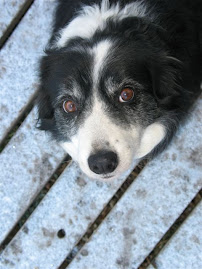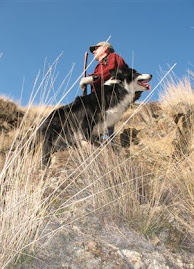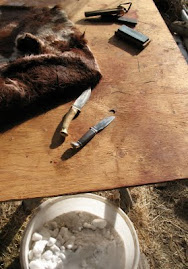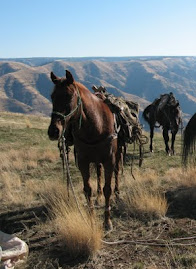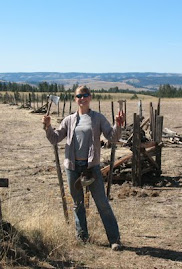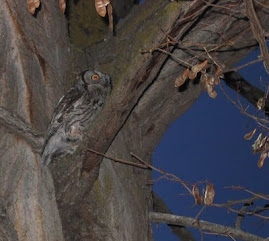We are a few years into the restoration project on the west river bar where there used to be a feedlot. After the 1,000 year flood in 1997, the bar was colonized by six foot high kochia and other weeds transported in on the flood, and enormous piles of gravel and rock and woody debris were left behind in scattered spots on the broad flat ground.
When we first started the restoration project, we had to pull out the feeders, anchored by railroad ties that Mike and I toiled to set as posts over twenty years ago when we worked for the Phillips' family. It was really hard work setting those posts and I guess we did a good job, because it was really hard work getting them out too! After dismantling the feeders, we burned and pulled weeds and cut out washed up trees, etc. Then we drilled in seed with the the rangeland drill from the Soil and Water Conservation District.
This year we did our second round of drilling. Our first seeding took pretty good in some spots, but we wanted to get into areas that we couldn't seed the first time, and go back over some places where germination had been spotty. It's really rewarding to see grass instead of weeds and to see the diversity of plants and animals enjoying the habitat.
Last weekend we were improvising a gap fence between rock outcrops where the cattle were finding spots between the rims where they could jump down onto the river bank and then cross to the other side. We lugged a couple steel posts downriver and perched ourselves above a small rim along the east side of the river. The view of the historic camping place in the box elder grove and upriver across the bar was soothing in the warm spring sun, with the river gurgling past in one of our outstanding salmon fishing holes and a set of rapids tumbling off to the north.
Just below us, a Canada goose was setting on her nest in a cleft of basalt half-way up the rim. A great spot to get away from predators, but one of her eggs had rolled off the nest and sat out in the open, balanced on the rock ledge like an abandoned Easter egg. It would be fun to see how the goslings make their first jump off the nest and into the river some six feet below.
All day long the beautiful cliff swallows darted back and forth above the river. As they banked and turned catching insects in the warm air currents, their iridescent backs flashed in the sun.
Finally, just as we gathered up our dusty tools, a golden eagle drifted around the bend and flew overhead close enough for us to see the striations in his belly feathers.
The gap fence didn't turn out as tight as we would have liked, but it was a pretty good day out there with the birds.
From Sara, Magpie Ranch, home of Bunchgrass Beef


